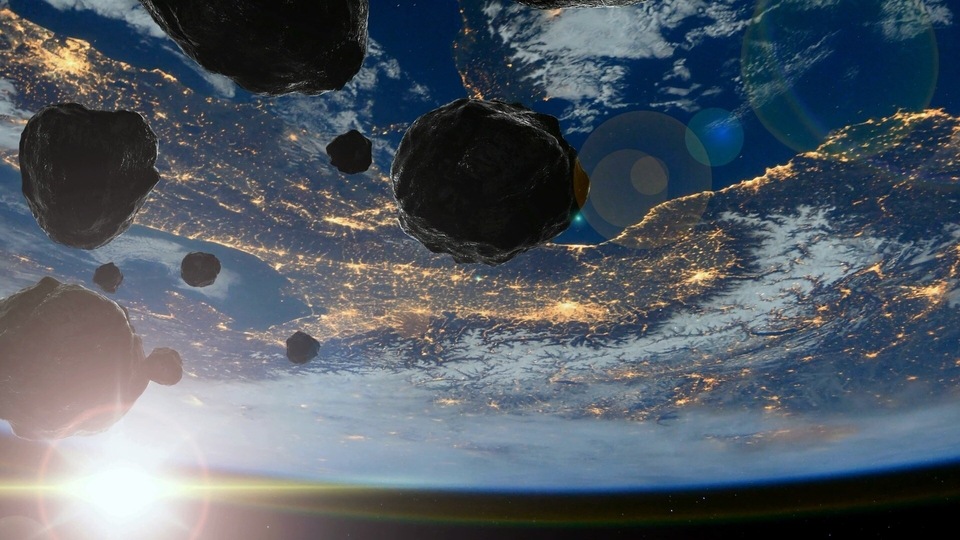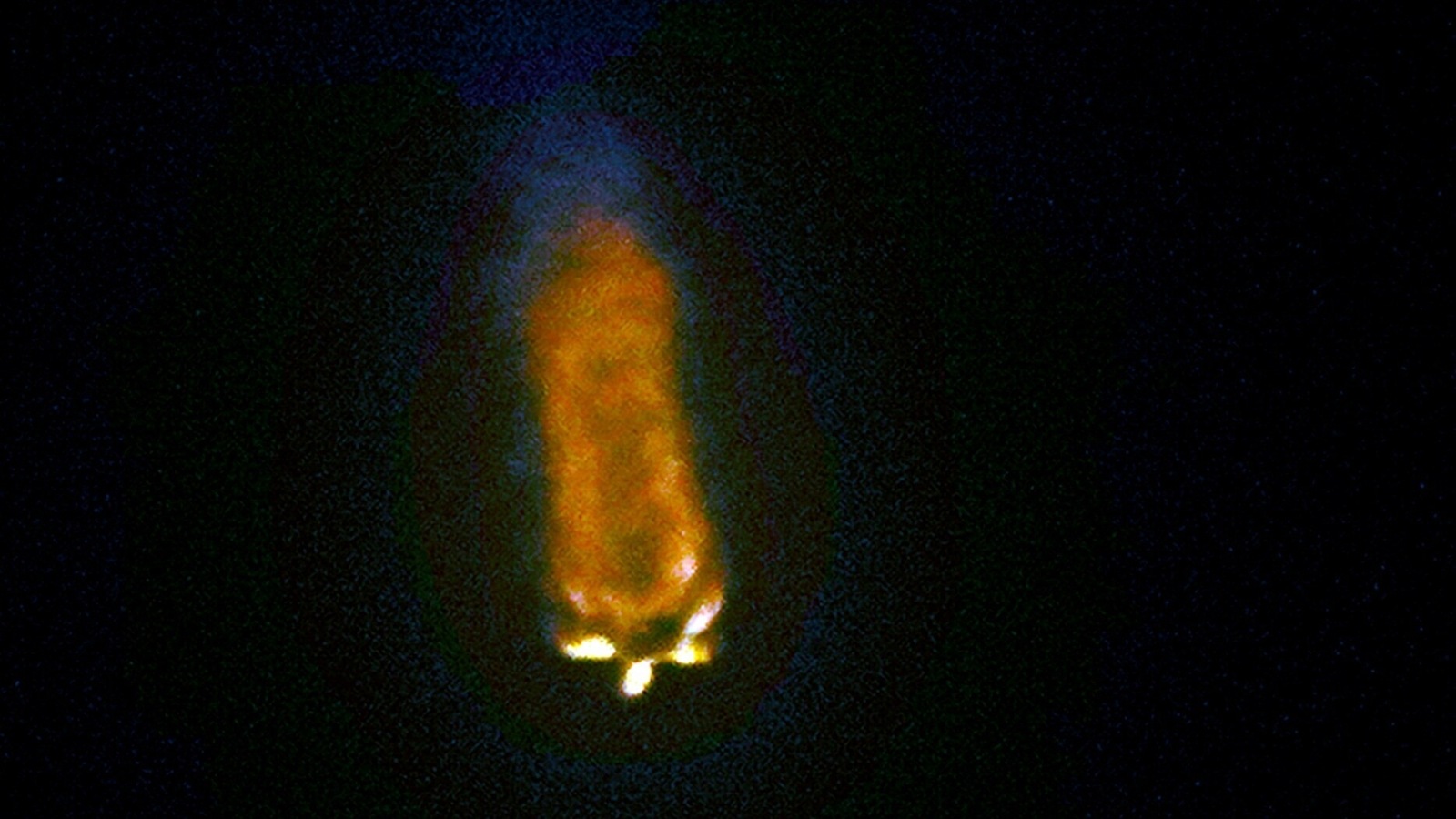Giant Aolus satellite set to plummet earthward! Spectacular fireball expected
A giant satellite dubbed Aeolus, is set to create a spectacular fireball when it crashes towards Earth after 5 years in orbit.






 View all Images
View all ImagesFor the past five years, a the Aeolus satellite has been gracefully orbiting the Earth, hovering at an altitude of 200 miles. However, its fuel reserves now are nearly depleted, and a combination of solar activity and the Earth's atmosphere is now pulling the massive space object towards our planet at a steady rate of approximately 0.6 miles (1 km) per day, according to The Sun report.
Anticipated crash-landing date
According to current forecasts, the Aeolus satellite is expected to make its final descent and crash land on Earth next Friday. The carefully coordinated descent procedure is set to commence on Monday, 24th July, when a series of initial maneuvers will guide the craft from its current altitude of 174 miles (280 km) to 155 miles (250 km). Subsequently, it will descend further to 93 miles (150 km) by next Thursday and eventually reach 75 miles (120 km) by next Friday – all being well. The actual re-entry into the Earth's atmosphere is projected to take approximately five hours.
The fiery showdown
As the satellite re-enters the atmosphere, a remarkable spectacle awaits spectators. It will transform into a grand fireball lighting up the sky as it hurtles towards the Earth. Nevertheless, only about 20 percent of the craft, equivalent to 1.3 tonnes of metal (about the size of a small car), is estimated to survive this fiery journey back home.
Controlled descent
In an unprecedented endeavor, scientists at an operations center in Germany will be guiding the satellite down in a carefully planned assisted re-entry. This will be the first time such an operation has been undertaken. The objective is to splash the remains into the Atlantic Ocean next week, where they will sink. However, there will be no recovery attempt made for any parts of the satellite.
Though the imminent descent of the Aeolus satellite brings a sense of excitement and awe, the controlled nature of the re-entry ensures the potential risks to human lives and property are minimized. It also presents a unique opportunity for scientists and space enthusiasts to witness a striking celestial event.
Catch all the Latest Tech News, Mobile News, Laptop News, Gaming news, Wearables News , How To News, also keep up with us on Whatsapp channel,Twitter, Facebook, Google News, and Instagram. For our latest videos, subscribe to our YouTube channel.





























